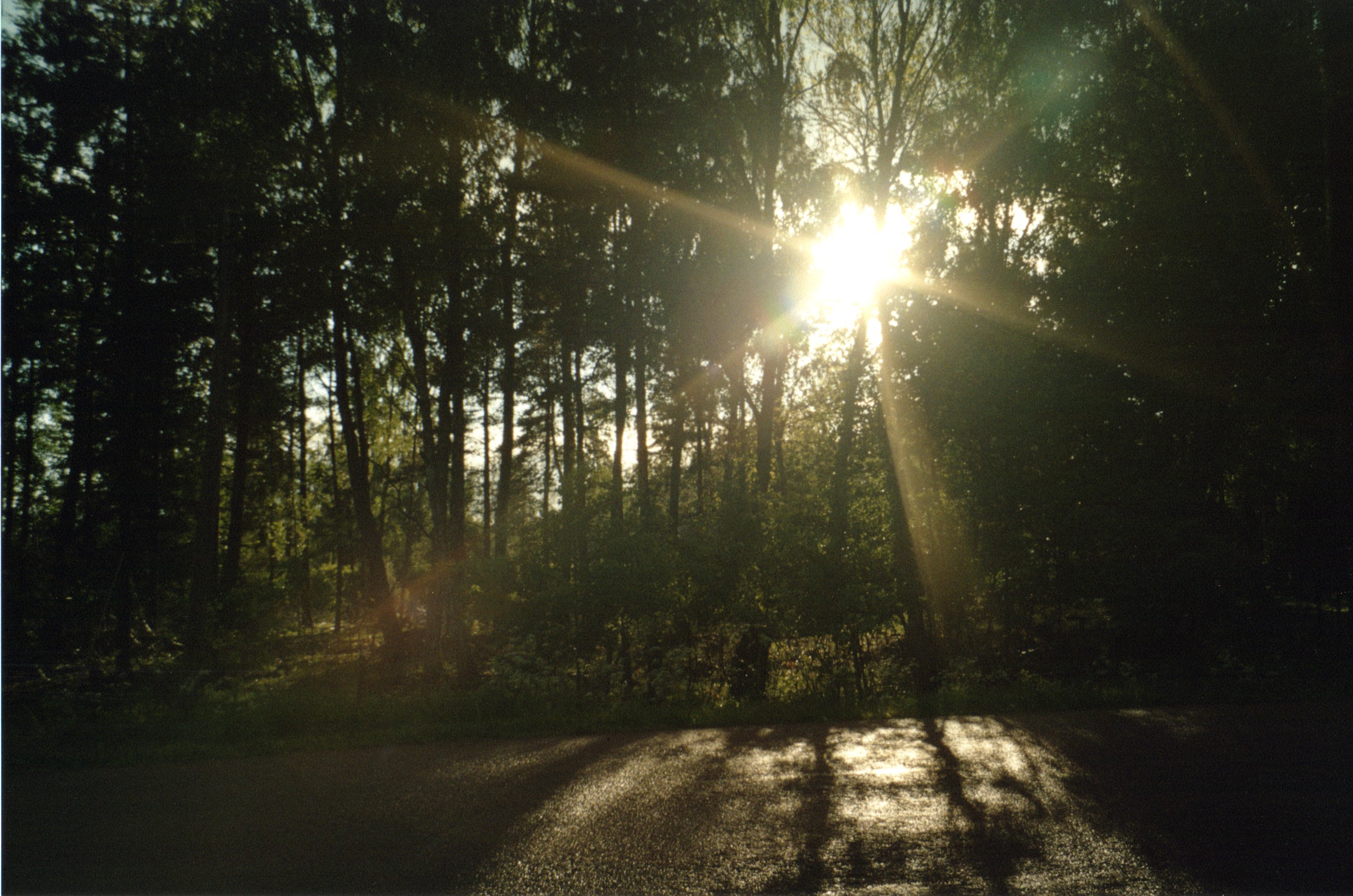Kol Nidre… the anthem with which we begin Yom Kippur. We take the Torah scrolls out of the ark and they bear witness, as if a Jewish court of law – a Beit Din – while we hear these ancient Aramaic words chanted. What, precisely, do they say? Essentially, that we regret any vows or commitments that we have made, we repent for having made them, and we asked that they be discarded, forgiven, and undone; that they no longer be regarded as valid and binding.
Why would we begin this Holiest of days with such a declaration? Is this one of these Jewish legal loopholes, by which we figured it was easier to just nullify promises we made than deal with the consequences of having made them and failing to live up to them? While that’s not why these words feature in our liturgy, what is clear is that the power of Kol Nidre in our communities today has very little to do with the words themselves. But first, a quick history of this prayer.
“For all of Kol Nidre’s significance and power, its origins are shrouded in mystery. There are two “histories” regarding the prayer, one popular and the other scholarly. The popular version connects the wording of the prayer with the religious dilemma facing medieval Spanish Jews. In 15th-century Spain, at the hight of the infamous Inquisition, the Roman Catholic Church embarked on a determined hunt to seek out and punish all non-practicing Christians. In response to extreme anti-Semitism earlier that century, a sizable number of upper-class Jews chose to convert to Christianity in order to, at the very least, avoid social disdain. For a small number, their religious conversion was genuine; but for the majority, their “conversion” was in name only as they still found creative ways to practice Judaism in the privacy of their own dwellings. These Jews came to be known as “marranos” and became one of the foci of the Church’s inquistory offensive. The Kol Nidre prayer, according to this theory, was created in response to these Jews’ desire to nullify their vows of conversion…
Scholars do not wholly refute this understanding of Kol Nidre, but they do contend that Kol Nidre has much earlier roots and probably pre-dated the marranos. According to their research, it is unclear exactly when or where the Kol Nidre legal formula was created. The wording seems to mimic other legalistic contracts of the Babylonian Jewish community of the 6th and 7th centuries. The first undoubtable citation appears in an early comprehensive siddur edited by Rav Amram in the 8th century. Over the next few centuries, the prayer became more widespread and a soulful melody became associated with it. Notably, there were some rabbis who disparaged the prayer as a superstitious attempt by Jewish mystics to nullify vows made by evil forces in the universe intent on hurting the Jewish people. These criticisms were muted by the majority of the people who cleaved to the prayer and aided its spread to other communities.” (Rabbi Eric Solomon, 2000, ‘Examining the Mystery of Kol Nidre‘)











